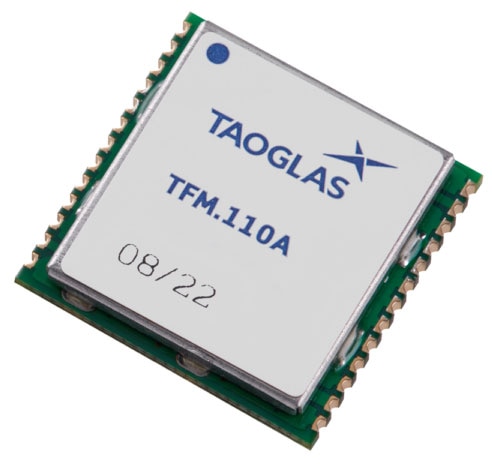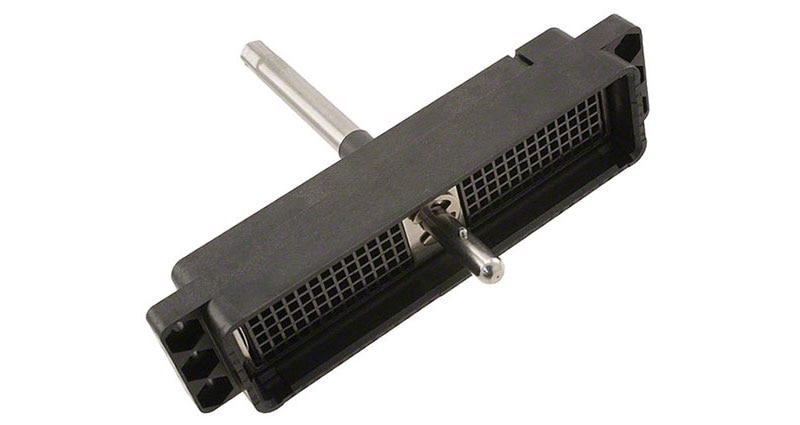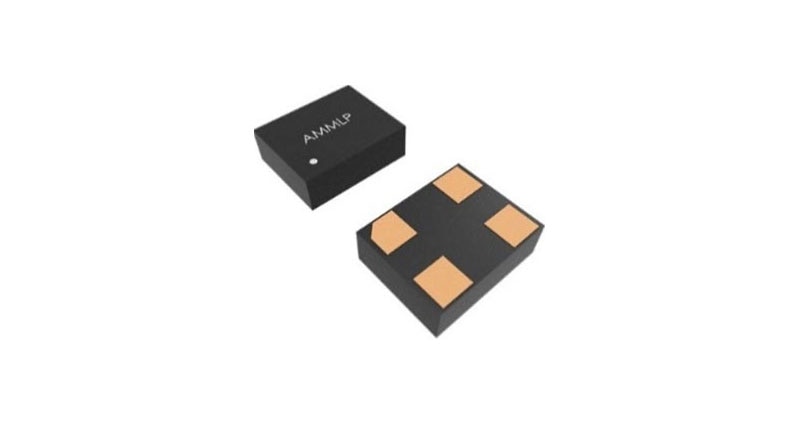Simplifying GNSS Product Development on the Front End
Global Navigation Satellite Systems (GNSS) date back to the early 1970s, when the US began rolling out what would become the Global Positioning System (GPS). But that maturity belies the rapid expansion of commercial applications that are dependent on GNSS radio frequency signals for geolocation, telematics, and positioning services.
Product developers and designers are increasingly building GNSS receivers into products and systems aimed at delivering new capabilities for autonomous vehicles, unmanned aerial devices, and precision agriculture applications, among others, as well as improvements for the systems that ensure accurate and secure commercial and military aerospace navigation.
Many of those systems must accommodate the growing number of global and regional GNSS constellations and rely on multi-band frequencies for more precise positioning. There are numerous design complications, including the demand for ever more compact components and more efficient power management.
Often topping the list of complications is preventing unwanted out-of-band interference, ranging from system noise and solar activity to malevolent spoofing and jamming broadcasts aimed at misleading or blocking positioning results.
Avoiding Long and Arduous Design Processes
Dual-band GNSS receivers typically require product designers to customize signal performance and maintain system noise parameters across various RF circuits between the antenna and the receiver. This may involve multiple amplifiers and filters needed to tune the signal. The whole design process can be long and arduous.
Taoglas Limited aims to simplify that process with high precision, multi-band GNSS front-end modules that provide a surface-mounted, single-package solution for easy, drop-in use with any antenna or GNSS receiver.
The Taoglas TFM.110A is a single input, single output active electronics GNSS front end (Figure 1). It covers L1/L2/L5 for multiband multi-constellation high-precision applications and features a SAW/LNA/SAW/LNA topology in the signal path. The SAW filters were selected and placed to ensure excellent out-of-band rejection across multiple band configurations and neighboring interference, while also maintaining low noise of <3.5 dB in low bands and <4.0 dB in high bands.
 Figure 1: The Taoglas TFM.110A is a surface mount, GNSS front end covering the full multiband GNSS spectrum. (Image source: Taoglas)
Figure 1: The Taoglas TFM.110A is a surface mount, GNSS front end covering the full multiband GNSS spectrum. (Image source: Taoglas)
The TFM.110A integrates the needed RF circuits in a modular form that provides the necessary impedance matching, filter efficiency, and low noise design that organizations need but may not have the expertise or time to build on their own.
Access to receiver-optimized RF solutions with high gain and low noise figures can accelerate design cycles by two years or more by mitigating integration challenges and technical roadblocks, according to Taoglas. The low-profile form factor has a small footprint that saves valuable real estate by eliminating external components and routing.
Taoglas also offers a dual input, single output module, the TFM.120A, that features the SAW/LNA/SAW/LNA topology and covers L1+B1+G1/L2/L5+L-band for multiband high-precision applications that require the full spectrum of GNSS constellations. The TFM.120A low noise figure is <3.25 dB in low bands and <3.0 dB in high bands.
Designers can also take advantage of several compatible Taoglas antennas, such as the GVLB258. A with the TFM.110A and the GPDF6010.A with the TFM.120A.
Conclusion
Advanced components that support the highest quality, seamless communications are critical for advanced products that are in high demand for GNSS applications. Starting with its first GPS antenna in 2004, Taoglas has grown to release hundreds of new antennas, connectors, cable assemblies, audio, and magnetics solutions annually.

Have questions or comments? Continue the conversation on TechForum, DigiKey's online community and technical resource.
Visit TechForum








